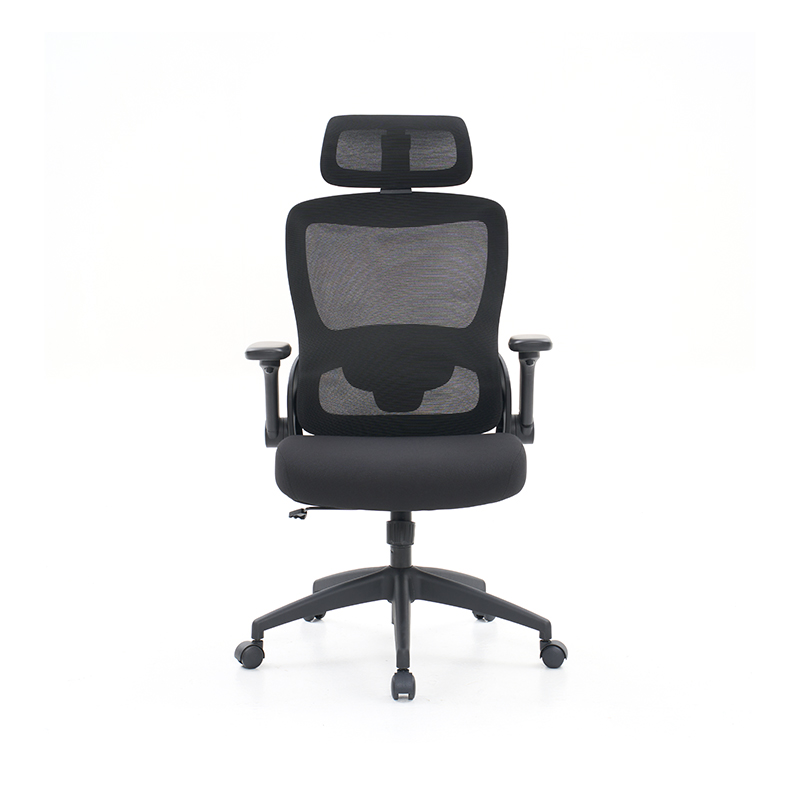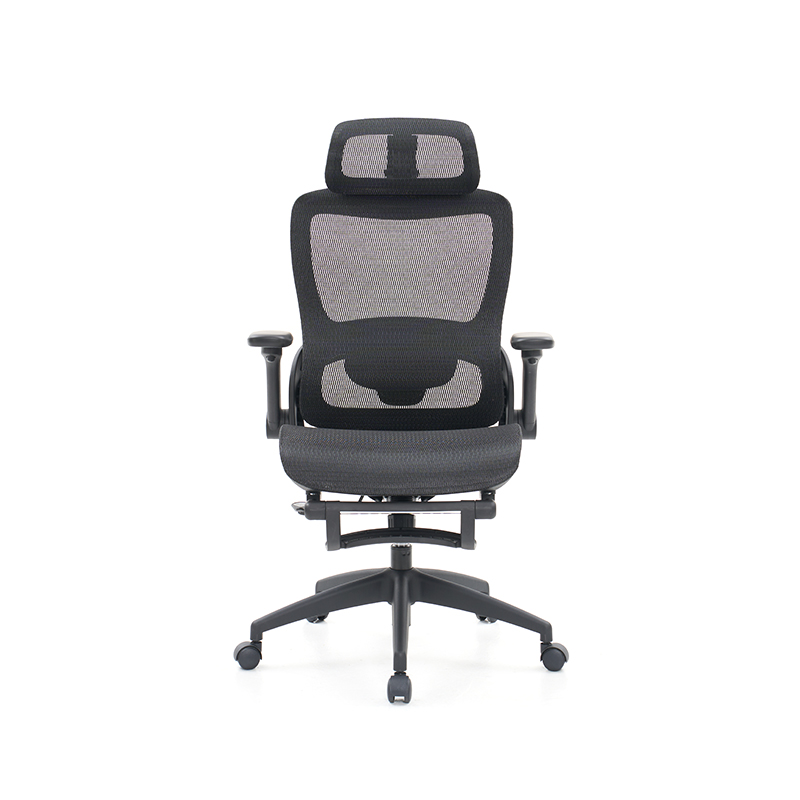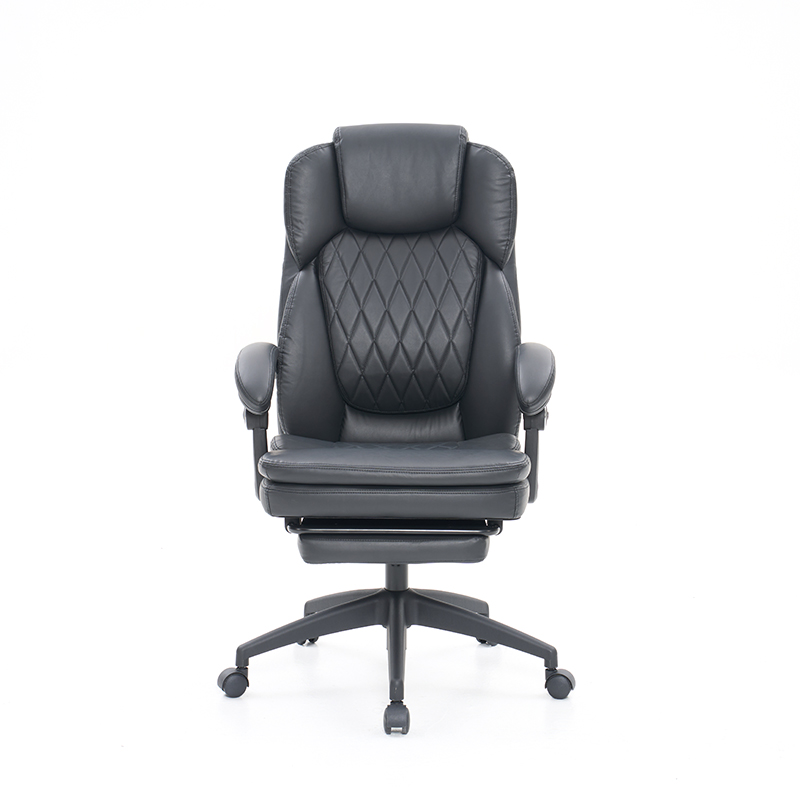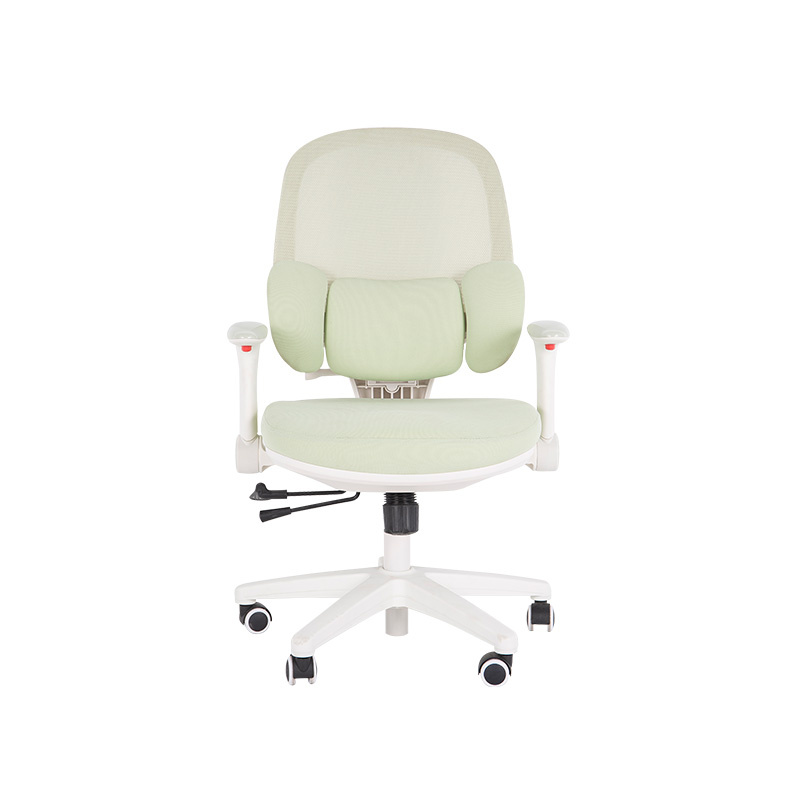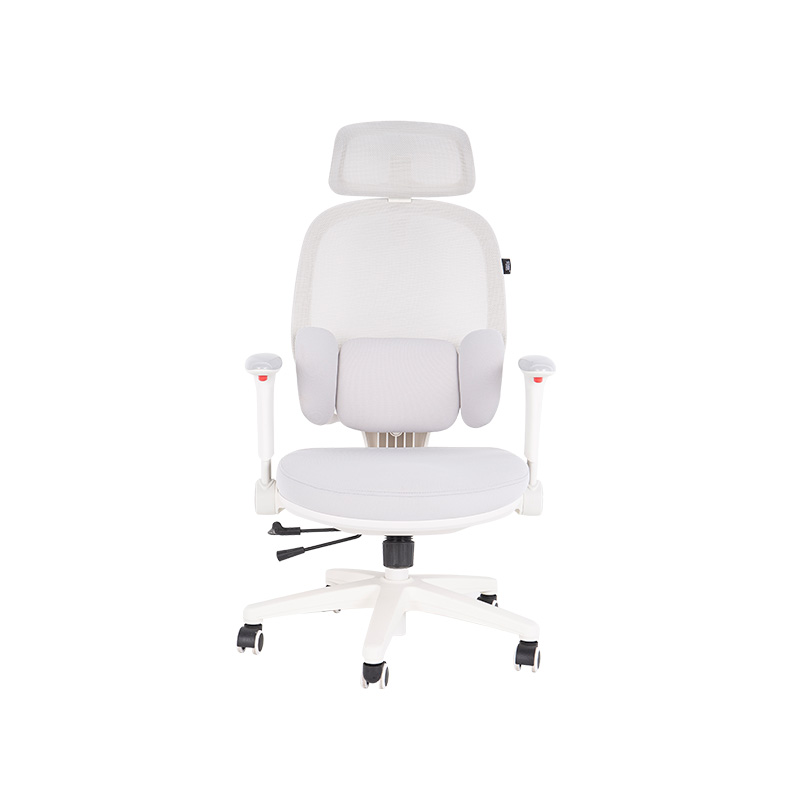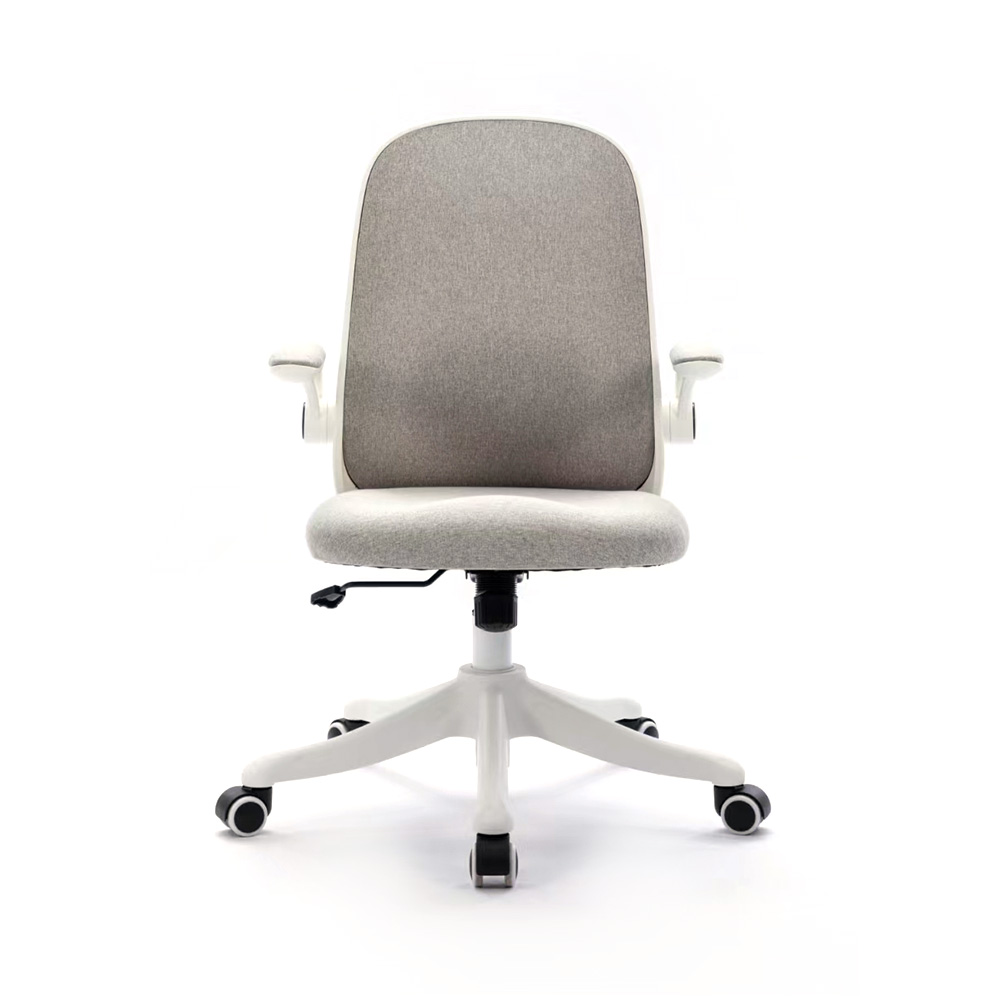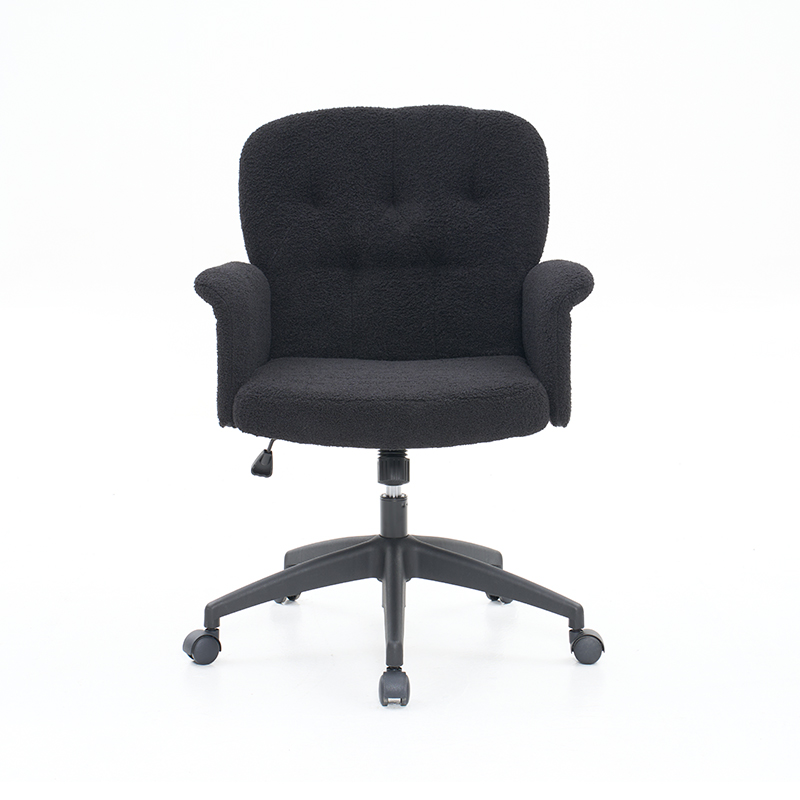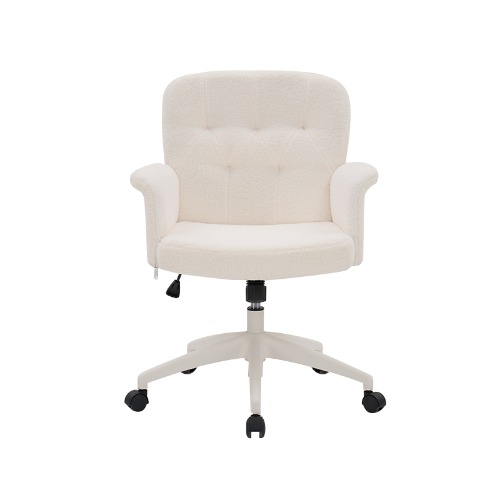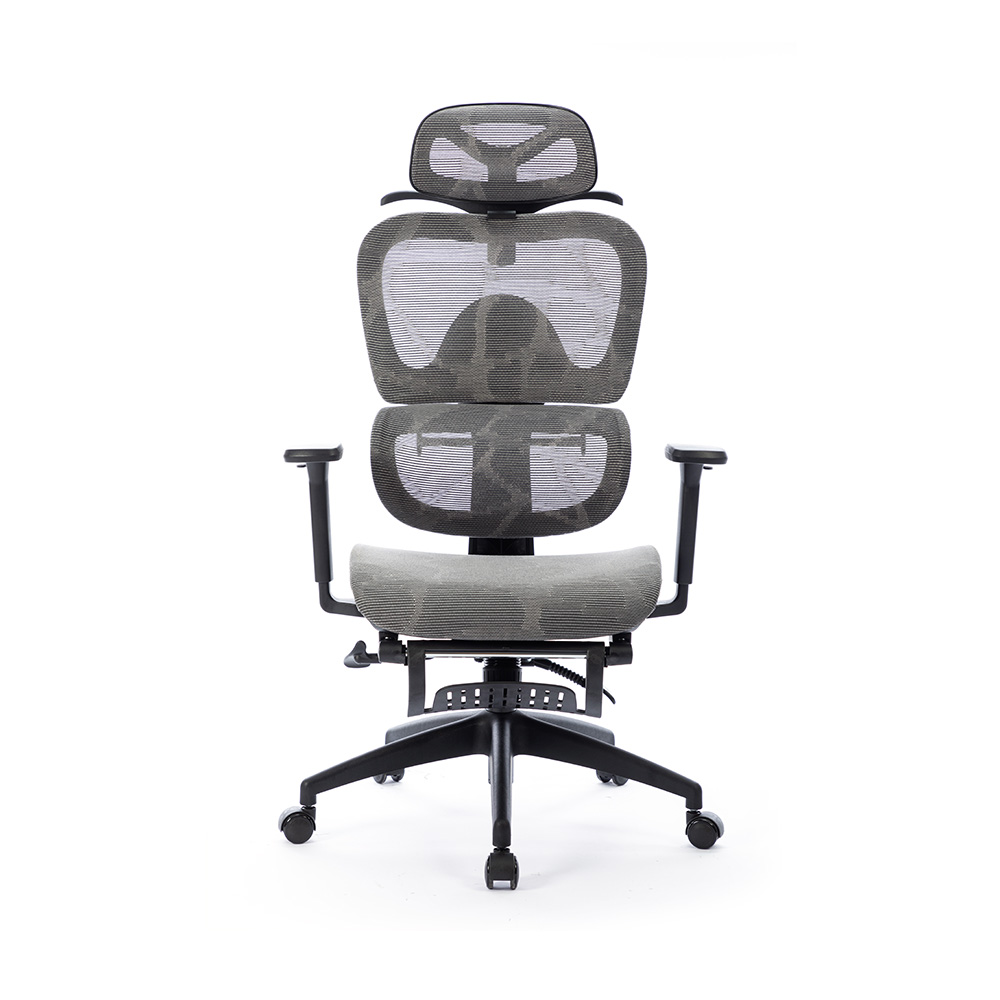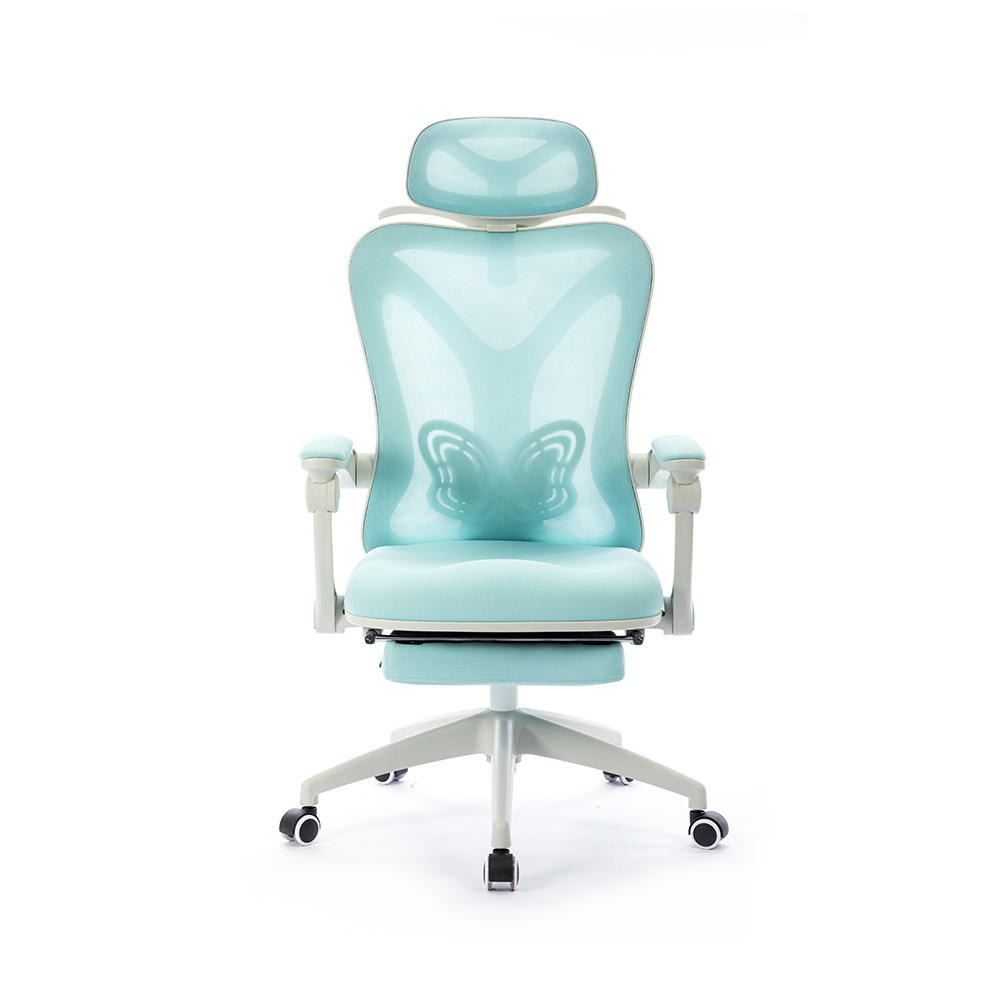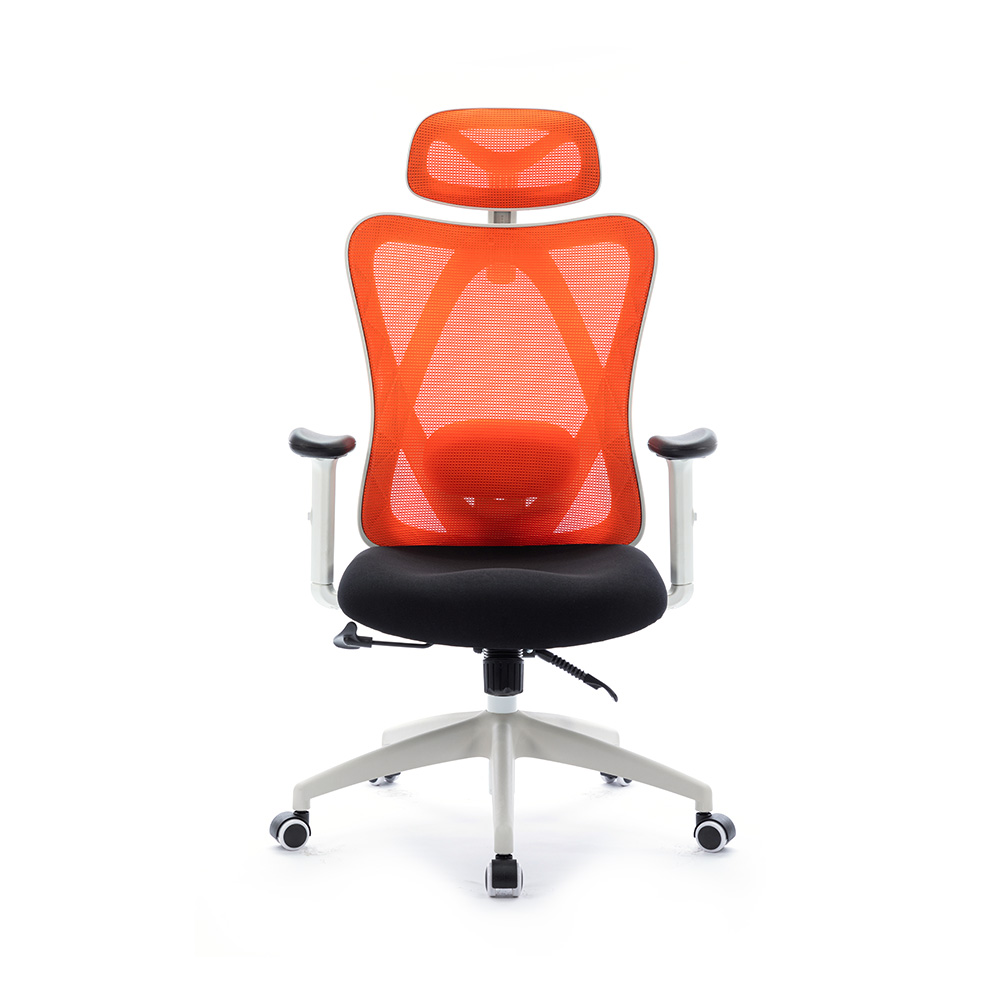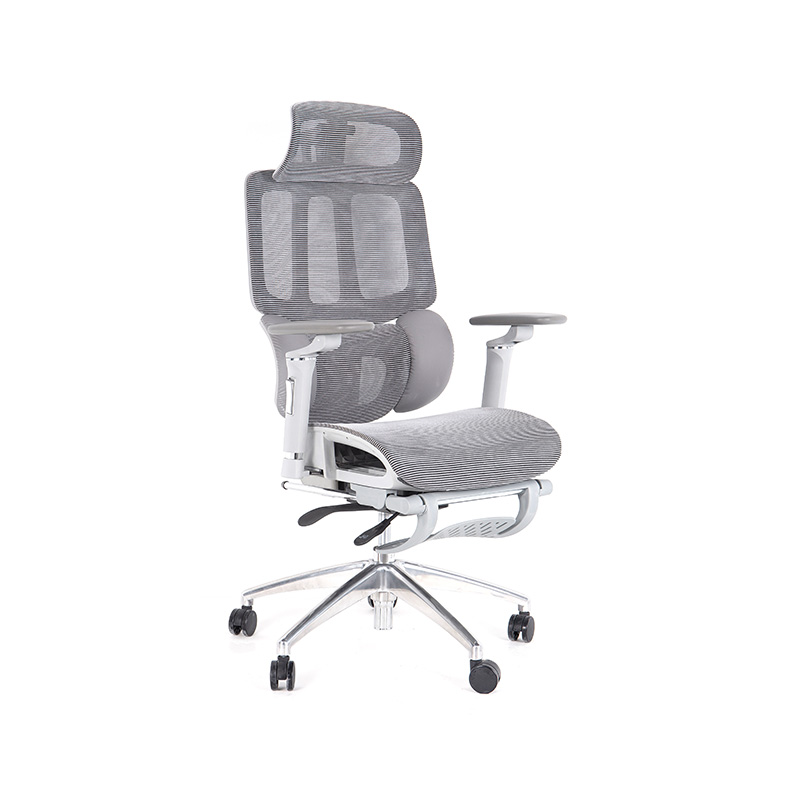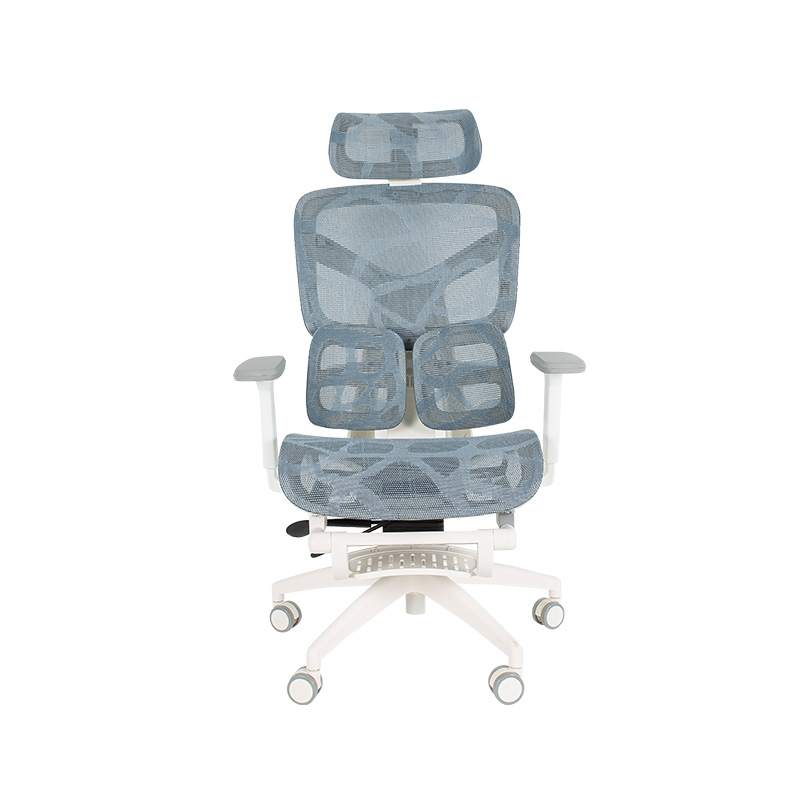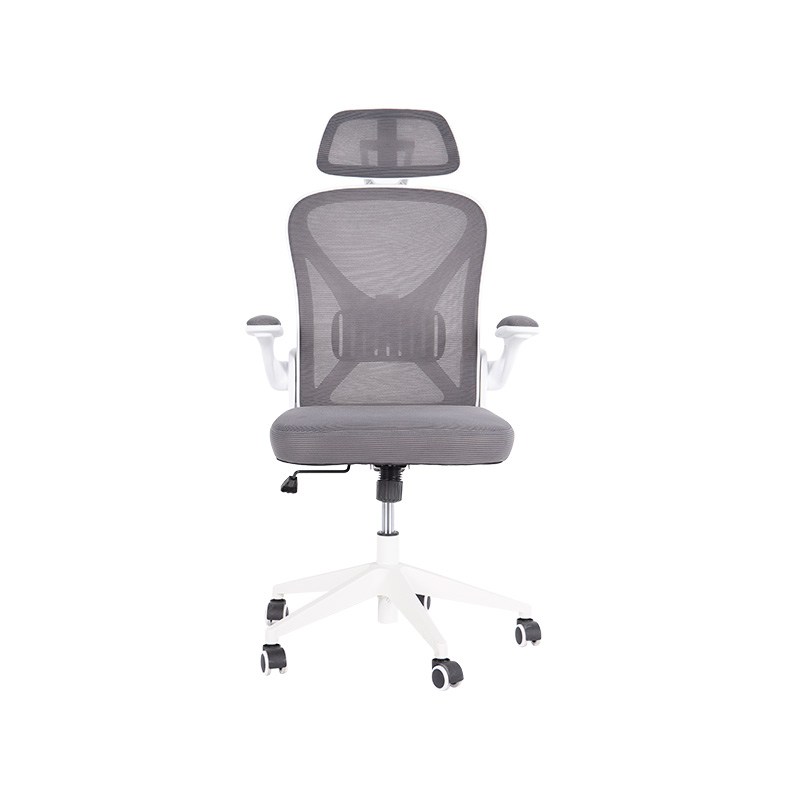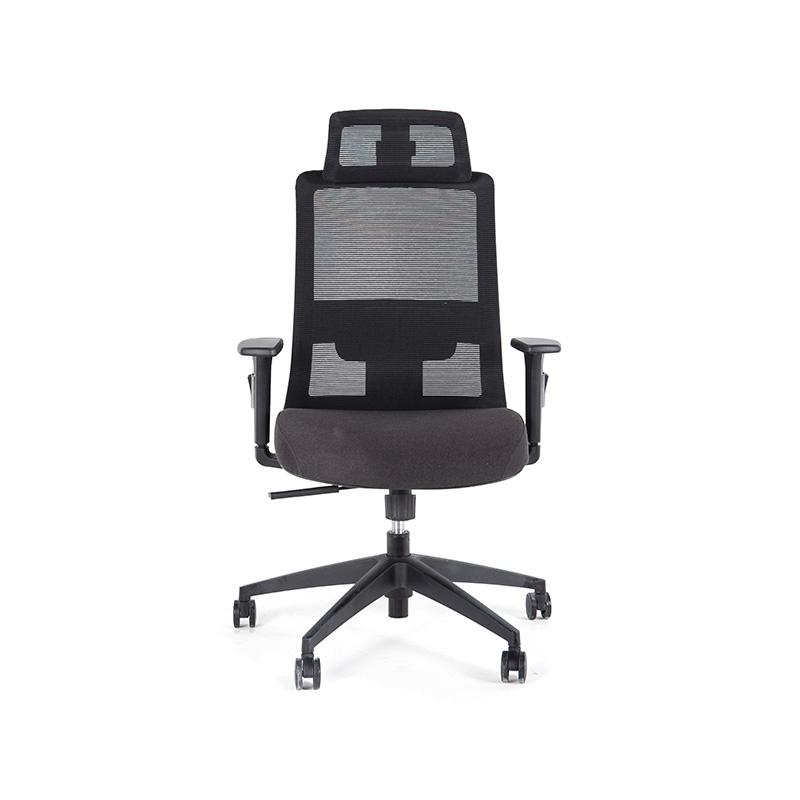The Ultimate Guide to Selecting Your Perfect Leisure Chair
Finding the ideal chair for relaxation is about more than just aesthetics; it's a pursuit of comfort, support, and personal sanctuary. This comprehensive guide delves deep into the world of leisure chairs, exploring key styles, considerations, and features to help you make an informed decision that transforms your living space into a haven of tranquility.
Ergonomic Design Principles for Optimal Relaxation
The foundation of any exceptional leisure chair lies in its ergonomic design. True relaxation cannot be achieved if the body is under stress or improperly supported. Ergonomics, the science of designing products to fit the user's needs and promote efficiency and comfort, is paramount. A well-designed chair conforms to the natural curves of your spine, supports your limbs, and allows for a variety of comfortable positions without causing strain or discomfort over extended periods of use.
Key Ergonomic Features to Prioritize
When evaluating a chair, several ergonomic elements are non-negotiable. These features work in concert to create a supportive and healthy seating experience.
- Lumbar Support: This is arguably the most critical feature. The lumbar region of the spine has a natural inward curve that is easily compromised when sitting. A quality leisure chair will have built-in support that fills this space, maintaining the spine's natural alignment and preventing lower back pain.
- Seat Depth and Height: The seat should be deep enough to support your thighs without pressing against the back of your knees, which can impede circulation. Similarly, your feet should rest flat on the floor when seated, with knees at a roughly 90-degree angle. Some chairs offer adjustable seat heights or depths to accommodate different body types.
- Armrests: Properly positioned armrests allow your shoulders to remain relaxed and your elbows to rest comfortably, reducing tension in the upper body. They should be at a height where your arms form a 75-90 degree angle at the elbow.
- Head and Neck Support: For true relaxation, especially for reading or watching media, a high back with integrated headrest is essential. It cradles the neck and head, preventing strain and allowing you to fully recline without discomfort.
Ignoring these principles can lead to a chair that looks comfortable but ultimately causes more harm than good. For instance, a chair that is too deep will force you to slouch, while one with insufficient lumbar support will leave your back aching after just a short while. Therefore, prioritizing ergonomics is the first and most crucial step in selecting a chair that you can truly enjoy for years to come.
most comfortable chair for long sitting: Materials and Cushioning Explained
Identifying the most comfortable chair for long sitting requires a deep dive into the materials that constitute its core comfort. The longevity of your comfort is directly tied to the quality of foam, the resilience of the upholstery, and the overall construction designed to withstand hours of use without degrading.
The Science of Supportive Cushioning
The cushioning is the heart of the chair's comfort. Not all foams are created equal, and density is a key differentiator.
- High-Density Foam: This is the gold standard for furniture meant for prolonged use. Measured in pounds per cubic foot (PCF), a higher density indicates a more durable, supportive, and long-lasting foam. It resists sagging and provides consistent support, contouring to your body without bottoming out. For a leisure chair, look for a density of at least 1.8 PCF, with 2.5 PCF and above being ideal for heavy, daily use.
- Memory Foam: Known for its pressure-relieving properties, memory foam contours precisely to the shape of your body. However, pure memory foam can sometimes retain heat and feel too soft for some users. Many manufacturers combine a layer of memory foam on top of a high-density foam base to provide both immediate comfort and deep, structural support.
- Spring Systems: Some high-end chairs incorporate pocketed coil springs within the seat cushion. This system offers exceptional support and breathability, mimicking the feel of a high-quality mattress and preventing the "stuck in the mud" feeling that some deep cushioning can create.
Upholstery: Balancing Feel, Durability, and Maintenance
The fabric or leather covering your chair plays a significant role in both comfort and practicality.
Fabric Options
- Performance Fabrics: Modern microfiber and chenille fabrics are incredibly soft, durable, and often treated with stain-resistant coatings. They are breathable and offer a wide range of textures and colors, making them a versatile choice for any decor.
- Natural Fibers: Cotton and linen are breathable and soft but can be more prone to staining and wear. They are often found in blends to improve durability.
Leather and Faux Leather
- Genuine Leather: Develops a beautiful patina over time and is highly durable. It is easy to clean but can be more expensive and may feel cold in winter and sticky in summer without climate control.
- Faux Leather: A cost-effective and vegan-friendly alternative. High-quality faux leather can closely mimic the look and feel of real leather and is easy to wipe clean, though it may be less breathable and prone to cracking over time.
The choice between these materials often comes down to personal preference, lifestyle (e.g., pets, children), and budget. However, for the most comfortable chair for long sitting, a breathable, soft fabric or high-quality leather with a plush yet supportive cushioning system is paramount.
Comparing Recliners, Lounge Chairs, and Accent Pieces
The world of leisure chairs is diverse, with each category serving a slightly different purpose and aesthetic. Understanding the fundamental differences between a recliner, a lounge chair, and an accent chair is key to choosing the right type for your space and needs.
The Functional Recliner
Recliners are the epitome of functional relaxation, designed specifically to adjust and adapt to your desired position. They are engineered for maximum comfort and often include additional features.
- Mechanism: Modern recliners can be manual (using a lever or body weight to recline) or powered (using a quiet electric motor for smooth adjustment). Some models offer wall-hugging mechanisms, allowing them to be placed mere inches from a wall while still fully reclining.
- Features: Many contemporary recliners go beyond simple reclining. They may include:
- Built-in lumbar and headrest support that adjusts with the backrest.
- Swivel bases for greater mobility within a room.
- Extended footrests (ottomans) that provide full leg support.
- Some high-end models even incorporate massage and heat functions.
- Ideal Use: Perfect for dedicated media rooms, home theaters, or any space where the primary activity is watching TV, reading, or napping.
The Timeless Lounge Chair
Lounge chairs, such as the iconic mid-century modern designs, often prioritize form as much as function. They are statement pieces that offer a fixed, but deeply comfortable, seating position.
- Design Philosophy: These chairs are typically designed around a specific, optimal recline angle that promotes relaxation without the need for adjustment. The focus is on elegant lines, high-quality materials, and a sculptural presence.
- Features: They often feature a wide, enveloping seat, a high back, and may or may not include arms. They are frequently paired with a separate ottoman to complete the relaxation experience.
- Ideal Use: Suited for living rooms, studies, bedrooms, or reading nooks where style and comfort are equally important. They serve as a focal point of a room's design.
The Versatile Accent Chair
Accent chairs are typically smaller and are designed to complement a room's decor first, with comfort being a secondary—though still important—consideration.
- Role: They are used to add a pop of color, texture, or pattern to a space. They provide additional seating for guests without the bulk of a larger chair.
- Comfort Level: While they can be comfortable, they are generally not designed for long, multi-hour sitting sessions like a dedicated recliner or lounge chair might be.
- Ideal Use: Best placed in pairs in a living room conversation area, in a bedroom corner, or in an entryway for putting on shoes.
| Feature | Recliner | Lounge Chair | Accent Chair |
|---|---|---|---|
| Primary Function | Adjustable comfort, full-body support | Fixed-position deep relaxation, style statement | Decorative complement, occasional seating |
| Best For Prolonged Use | Excellent | Very Good to Excellent | Fair to Good |
| Space Requirements | High (especially when reclined) | Medium to High (especially with ottoman) | Low |
| Style Flexibility | Often modern, functional aesthetic | High-style, design-forward | Highly versatile, vast design range |
This comparison shows that a recliner is the most functionally dedicated to variable relaxation positions, while a lounge chair offers a singular, perfected pose with high aesthetic value. An accent chair, while potentially comfortable, serves a more decorative and occasional role.
best recliner for back pain support: What to Look For
For those suffering from chronic back issues, finding the best recliner for back pain support is not a luxury—it's a therapeutic necessity. The right chair can provide relief, promote proper posture, and become a vital tool in managing discomfort.
Non-Negotiable Features for Spinal Health
A standard recliner may not offer the specific support needed for an aching back. Certain design elements are critical for therapeutic benefits.
- Targeted Lumbar Adjustment: While built-in lumbar support is good, adjustable lumbar support is far superior. This allows you to customize the amount and height of the support to precisely match the curve of your spine, providing relief exactly where it's needed.
- Zero-Gravity Positioning: Inspired by NASA, this feature reclines the chair so that your knees are elevated above your heart level. This position evenly distributes weight across the chair, minimizing pressure on the spine and discs and promoting circulation. It is exceptionally beneficial for relieving lower back pressure.
- Independent Recline Mechanisms: Some advanced recliners allow you to adjust the backrest and footrest independently. This lets you find the perfect "sweet spot" for your back, whether you need more support under your thighs or a specific angle for your lumbar region.
- Firm, Contoured Cushioning: A too-soft seat will cause your hips to sink and your spine to curve unnaturally. A recliner designed for back pain will have firm, high-density foam that provides a stable base, preventing slouching and maintaining alignment.
Additional Therapeutic Considerations
Beyond the core structure, several add-on features can enhance the pain-relieving properties of a recliner.
- Heat Therapy: Integrated heating elements in the lumbar region can help soothe stiff, aching muscles, increase blood flow, and reduce muscle spasms.
- Vibration/Massage Functions: While not a substitute for professional therapy, gentle vibration or rolling massage can help relieve tension and promote relaxation in tight muscle groups surrounding the spine.
- High Back and Headrest: Full spinal support, from the lumbar region all the way up to the cervical spine (neck), is essential. A tall back with a supportive headrest ensures the entire column is aligned and rested.
It is crucial to understand that while a recliner can provide significant relief, it should be part of a broader approach to back health recommended by a medical professional. However, investing in the best recliner for back pain support can create a daily oasis of relief and significantly improve quality of life by providing a supported, pressure-free sitting environment.
small space rocking chair ideas for Cozy Corners
Limited square footage doesn't mean you have to forgo the gentle, soothing motion of a rocker. With clever choices, you can find a chair that fits perfectly and enhances your cozy nook. Exploring small space rocking chair ideas involves focusing on scale, design, and multi-functionality to maximize both form and function.
Choosing the Right Scale and Profile
The key to integrating a rocking chair into a small room is to select a design with a modest footprint and a visually light profile.
- Armless Designs: Rocking chairs without arms, or with very slim arms, instantly take up less visual and physical space. They are easier to tuck into a corner or slide next to a table without overwhelming the area.
- Open Base Designs: Avoid bulky, upholstered rockers with solid sides. Instead, look for chairs with open legs and a visible frame. This allows light to pass through the chair, making it feel less massive and heavy in a small room. A classic bentwood rocker or a modern platform rocker with a clean line base are excellent examples.
- Compact Rocker Dimensions: Before purchasing, always check the width, depth, and height. Pay special attention to the "wall footprint"—how far the chair will extend from the wall when in use. Some modern rockers have a minimized arc, meaning they require less clearance space behind them to function.
Strategic Placement and Multi-Functional Uses
Where and how you use the rocker can further optimize your limited space.
- Corner Placement: The classic solution. Angling a compact rocker in a corner utilizes often-wasted space and creates a dedicated reading or relaxation spot without impeding traffic flow.
- Dual-Purpose Function: Choose a rocking chair that serves another purpose. For instance, a rocking chair with a stylish basket underneath can offer subtle storage for blankets or books. A rocker that is also part of a nursery set must be comfortable but can be chosen with a small-scale design in mind.
- Replacing Another Chair: Instead of adding a rocker as an extra piece, let it replace an existing accent chair. This introduces the rocking function without increasing furniture count.
- Visual Tricks: Place a mirror on the wall opposite the rocker to reflect light and create an illusion of more space. Choosing a chair in a light color or a similar tone to the walls can also help it blend in and feel less obtrusive.
The goal of small space rocking chair ideas is to achieve a balance. The chair should provide the rhythmic comfort of rocking without dominating the room. By prioritizing sleek designs, smart placement, and multi-functional attributes, you can enjoy this timeless piece of furniture no matter the size of your home.
modern lounge chair with ottoman Sets: A Perfect Match
The pairing of a modern lounge chair with ottoman represents the pinnacle of designed relaxation. This set is more than just two separate pieces of furniture; it is a unified system engineered for unparalleled comfort and style. The ottoman is not an optional accessory but an integral component that completes the ergonomic intention of the chair.
The Ergonomic Synergy of Chair and Ottoman
The primary function of an ottoman in this pairing is to provide full-leg support, which is crucial for achieving true physiological relaxation.
- Promoting Healthy Circulation: Elevating the feet to the same level as the heart improves blood flow and reduces swelling in the ankles and feet, which is especially beneficial after long periods of standing or sitting upright.
- Relieving Spinal Pressure: When your legs are supported, the natural curve of your lower spine is allowed to decompress and relax. This significantly reduces pressure on the lumbar discs and can alleviate lower back pain.
- Achieving Optimal Recline: A lounge chair is often designed at a specific angle that is perfectly complemented by the height of its matching ottoman. This allows your thighs to be fully supported parallel to the floor, creating a continuous, supported surface from your calves to your upper back.
Using the chair without its ottoman compromises this entire system, often leaving the legs unsupported and forcing the sitter to slump down or find an awkward, potentially straining position to get comfortable.
Aesthetic Cohesion in Modern Design
In modern interior design, cohesion and intentionality are paramount. A matching set ensures a harmonious visual statement.
- Unified Design Language: A chair and ottoman designed together share the same materials, lines, proportions, and aesthetic details. They look and feel like they belong together, creating a sense of order and sophistication in a room.
- Architectural Presence: A well-designed set acts as a single, powerful architectural element within a space. It defines a relaxation zone with purpose and style.
- Versatility in Arrangement: While designed to go together, the ottoman can often be used independently. It can serve as extra seating for guests, a surface for a tray to hold drinks, or a footrest for another seating arrangement, adding to the functionality of your space.
When selecting a modern lounge chair with ottoman, ensure the ottoman is the correct height relative to the seat of the chair. It should allow your legs to rest comfortably without your knees bending sharply or your feet dangling. This set is the ultimate investment for those who value both the science of comfort and the art of design, creating a perfect spot for reading, contemplation, or simply unwinding in complete, supported comfort.
outdoor durable relaxing chairs for Patio and Garden
Creating an outdoor sanctuary requires furniture that can withstand the elements while providing a comfortable retreat. Selecting outdoor durable relaxing chairs involves understanding the materials and construction that promise longevity without sacrificing comfort, allowing you to enjoy your garden, patio, or balcony in any season.
Weather-Resistant Materials Built to Last
The choice of material is the first and most important defense against sun, rain, wind, and temperature fluctuations.
Frame Materials
- Powder-Coated Aluminum: This is a top choice for its exceptional durability and light weight. Aluminum is naturally rust-proof, and the powder coating provides a durable, UV-resistant finish that won't chip, peel, or crack easily. It is also easy to move around.
- Stainless Steel: Offers great strength and is highly resistant to rust and corrosion, especially marine-grade stainless steel. It is heavier than aluminum but provides a very stable and sturdy frame for a chair.
- Marine-Grade Polymer (Plastic): High-quality, UV-inhibited polymers are molded into incredibly durable and maintenance-free frames. They are immune to rot, rust, and fading and can be made to mimic other materials like wood or wicker.
- Teak: A classic premium option. Teak wood contains natural oils that make it highly resistant to moisture, rot, and insect damage. It weathers to a beautiful silvery-gray patina if left untreated and can last for decades.
Upholstery and Weaving Materials
- Solution-Dyed Acrylic Fabrics: This is the gold standard for outdoor cushion fabric. The dye is added to the solution before the fiber is extruded, making the color inherently resistant to fading from UV rays. It is also water-resistant, mold-resistant, and incredibly soft and comfortable.
- Textilene/Mesh: A synthetic PVC-polyester blend woven into a durable, breathable mesh. It is perfect for chair slings as it is quick-drying, supportive, and allows air to circulate, keeping you cool.
- All-Weather Wicker (Polyethylene Resin): Synthetic wicker is woven from PE resin over a sturdy aluminum frame. It looks like natural wicker but is completely impervious to sun and water damage, making it ideal for year-round use.
Designs for Ultimate Outdoor Comfort
Durability shouldn't come at the expense of comfort. The best outdoor chairs incorporate designs that invite prolonged lounging.
- Ergonomic Shapes: Look for chairs with contoured seats and backs that provide lumbar support. Deep seats with a gentle recline are ideal for relaxing.
- Adjustability: Some high-end outdoor loungers feature adjustable backrests, allowing you to sit upright or recline fully for sunbathing.
- Cushion Quality: While the fabric is solution-dyed, the cushion filling is equally important. High-density, quick-dry foam is essential. It provides comfort but won't hold onto moisture, preventing mildew and ensuring the cushions dry quickly after a rain shower.
- Swivel and Rocking Bases: A swivel base on an outdoor chair adds a wonderful element of flexibility, allowing you to easily turn to follow the sun or converse with others. Rocking mechanisms provide a gentle, soothing motion.
When investing in outdoor durable relaxing chairs, prioritize pieces that are not only built to survive the elements but are also thoughtfully designed for comfort. This ensures your outdoor space becomes a true extension of your home—a comfortable, stylish, and resilient haven for relaxation.
Contact Us

 English
English 中文简体
中文简体 عربى
عربى




